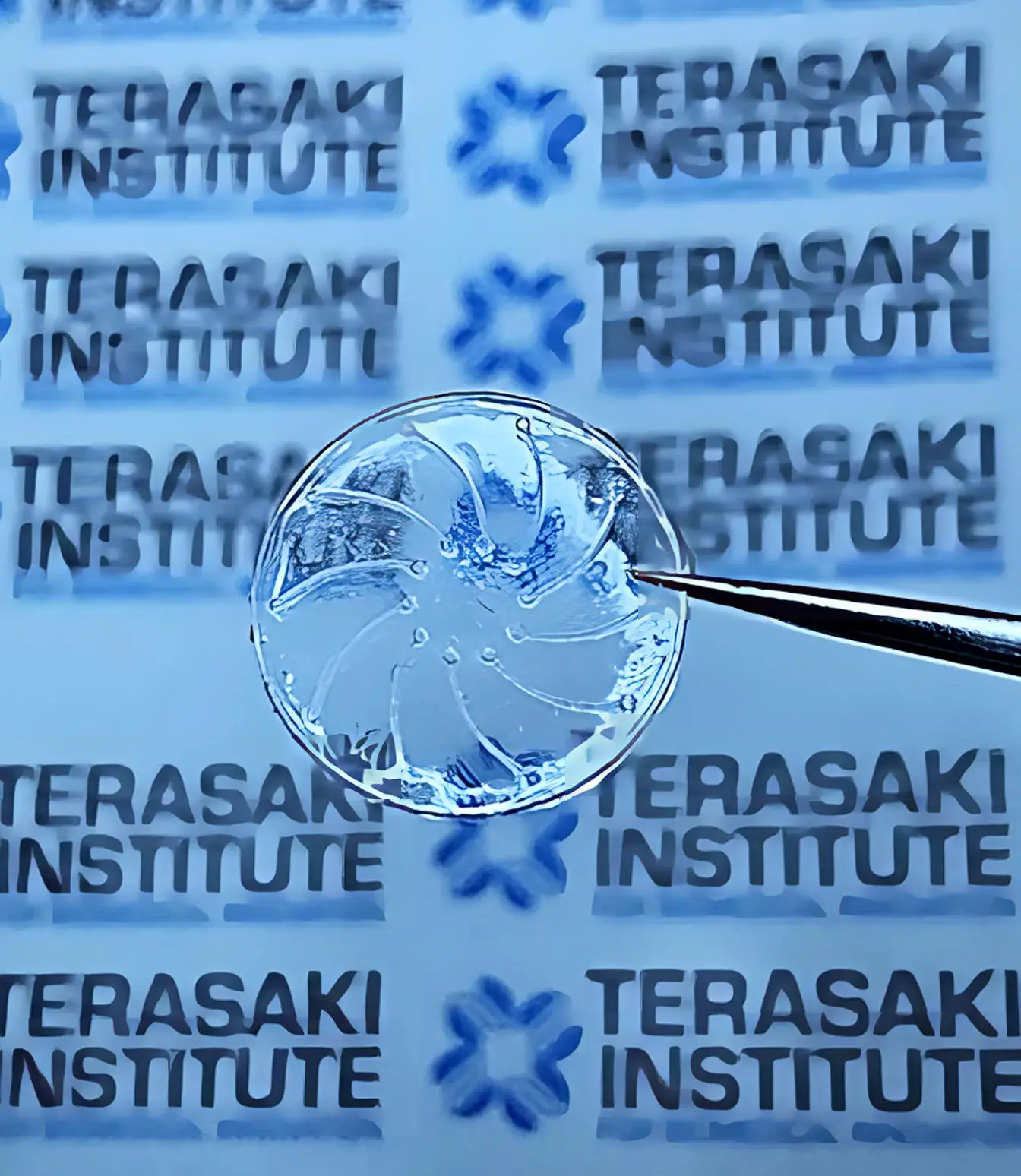Summary of Scientists Have Developed Contact Lenses That Help Prevent Dry Eye Syndrome:
Researchers from the Terasaki Institute for Biomedical Innovation (TIBI) have created a contact lens prototype designed to alleviate contact lens-induced dry eye (CLIDE). The innovative lens design promotes tear flow through normal eye blinking, which helps to combat excessive tear evaporation and associated symptoms. The prototype incorporates microchannels to facilitate tear flow movement and flow so that dry eye can be avoided, and the lenses are 30 times thinner than previous lenses. The team validated the lens’s ability to guide tear flow from the lens surface to the underside of the lens and hopes to test the lenses on animal models and patients.
*****
A team of scientists from the Terasaki Institute for Biomedical Innovation (TIBI) has designed a novel contact lens prototype that aims to tackle the issue of contact lens-induced dry eye (CLIDE).
CLIDE affects between 30% to 50% of the 140 million people worldwide who wear contact lenses. CLIDE occurs when tears cannot adequately flow across the outer surface of the contact lens to the inner surface, resulting in excessive tear evaporation and the associated symptoms of CLIDE. The symptoms include discomfort, vision problems, and inflammation risks, which can be detrimental to contact lens wearers’ everyday lives. Unfortunately, the treatments available for this condition can be costly, impractical, and may compromise patient safety and comfort.
In response to this problem, the TIBI team has created a contact lens prototype that incorporates microchannels to facilitate tear flow movement, which can be achieved by normal eye blinking pressure. This innovative technique eliminates the need for costly, non-uniform methods or potentially harmful drugs, and instead introduces a novel yet straightforward approach to alleviate dry eye.
The team’s lens mold is made from a silicone polymer mixture, which allows for easy removal of the lens cast on it by gently bending the mold. The lenses’ high-quality, smooth microchannels, and thinness are thirty times thinner than previous lenses. The method of encapsulating the microchannels in a sandwich-like assembly under a capping lens layer presented innovative techniques. Initially, the preparation of the two lens surfaces for stronger bonding dehydrated the lenses, causing them to curl. The two lenses were attached to holders using water-soluble glue, enabling a more uniform bonding and providing the lenses’ protection.
After testing for stability and leakage, the lenses underwent a series of experiments using a designed device that simulated a blinking eyelid. The team experimented with different patterns for the microchannels and found that a configuration with square cross-sections arranged in a novel circular pattern on the lens surface was compatible with the function and curvature of the lens and allowed for optimum liquid flow.
The team quantified these flows and established that they were driven by low-pressure levels similar to those produced during normal eye blinking. The team believes their lens’ ability to guide tear flow originating from the lens surface to the underside of the lens can combat dry eye syndrome. The next stages of testing would involve experimenting on animals and in patients.
The TIBI team’s work has been funded by Cooper Vision, Inc., and their invention offers a potential solution for millions of people. The scientific community is excited about this breakthrough, as it has the potential to alleviate the discomfort and inflammation caused by CLIDE. The new contact lens prototype design addresses the long-standing problem of dry eye caused by contact lenses and presents a promising solution to people worldwide.


Comments are closed